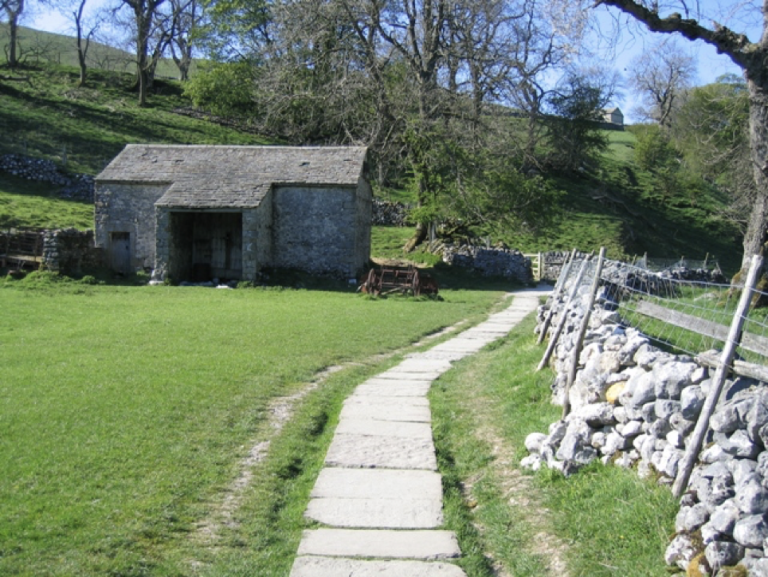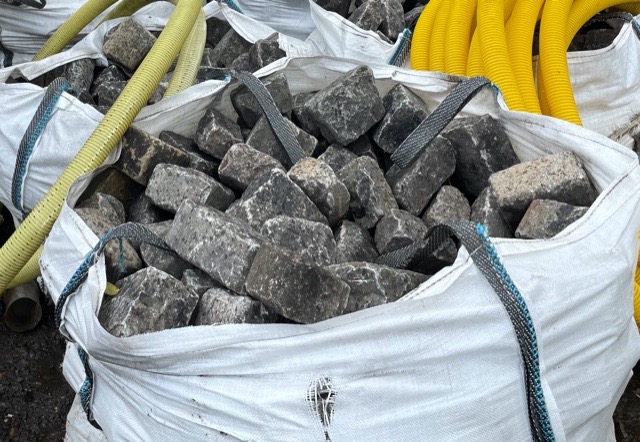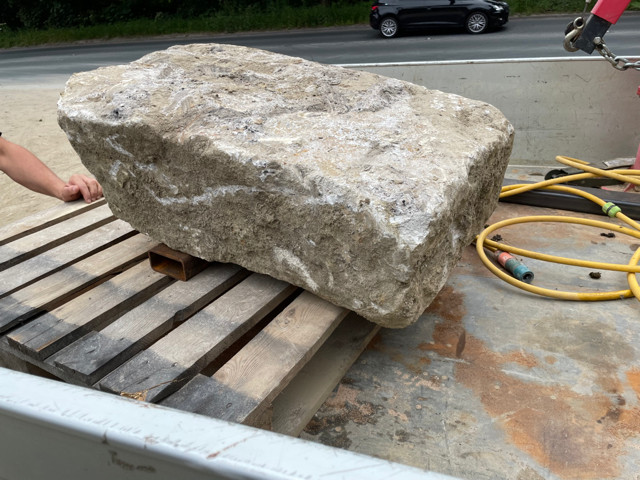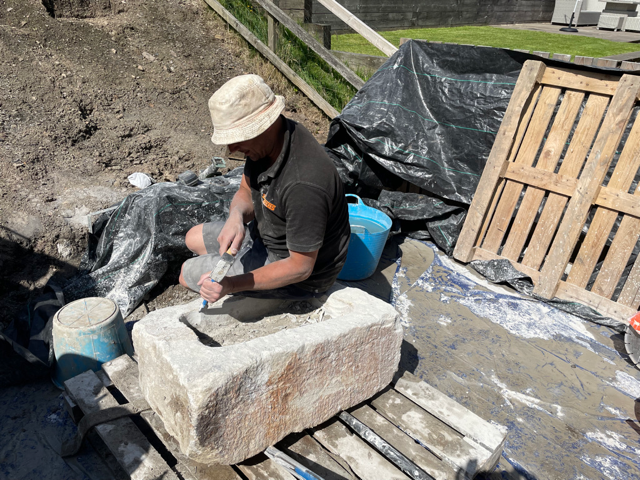Mitate-Mono 2
As well as looking through Architectural antiques yards for decorative objects I have also been on the search for materials for hard landscape- for walls, stepping stones and pathways. Maybe some decorative stones will also be found.
In the area I know and live, most houses have at least their external cladding made from local stone – and my barn conversion and modern extension is no exception. The main barn is constructed from the original stone of the barn construction, but the extension uses a carefully matched local stone. Although there are quarries still in operation extracting this stone, redundant industrial buildings are being viewed as quarries. The demolished mills and factories can be found piled up in quarry yards where large sawing benches cut the stone to a more useful size for domestic architecture. If you can get into these places (casual visitors aren’t really acceptable for reasons of safety) they become a wonderful source of garden construction material.


Do not expect this material to be cheap. The processors clearly understand the value. It is not a low-cost solution, but it is environmentally sound. I have bought a substantial salvaged rectangular block though – which we have worked into a water trough which will be built into part of the watercourse. Troughs from our local stone (which is a solid sandstone often referred to as Yorkstone ) are a common feature in the rural landscape – usually fed by natural springs.
As a paving material Yorkstone is universally viewed as a premium product and at salvage yards it is kept well apart from the run-of-the mill. It can cost more than £100 per sq meter before delivery costs. The image of the pathway across the pasture shows a very traditional application. I have some of this material readily lying around the property – it is not “dressed” ie shaped but might provide some informal surfaces.

Whereas Yorkstone is good for footfall and will give a good sabi patina, it would not be good for cartwheels or vehicles. The other good paving material that can be obtained as salvage is granite both as setts which can range in size from 10cm cubes to 30cm by 20cm by 20cm or as kerbstones which are about 1m in length. This is highly resistant material. I have bought a tonne of this material which will be used with other material to create pathways. A local village path demonstrates a really beautiful example.


